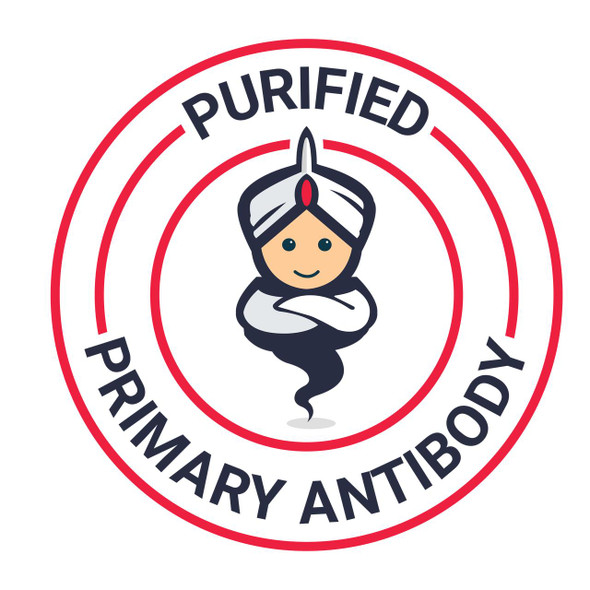Description
HBV AG-1 Monoclonal Antibody [NYRHepB-1] (CPAB0376)
The HBV Ag-1 Antibody (CPAB0376) is a valuable tool for researchers studying Hepatitis B Virus (HBV) antigens. This polyclonal antibody, produced in rabbits, is highly specific to HBV Ag-1 and is validated for use in various applications, including Western blot and immunohistochemistry.HBV Ag-1 is a key antigen associated with HBV infection, making this antibody a crucial resource for studies investigating the pathogenesis, diagnosis, and treatment of HBV-related diseases. With its high reactivity to human samples, this antibody offers reliable and accurate detection of HBV Ag-1 in cell cultures, tissues, and clinical samples.
Researchers in virology, infectious diseases, and immunology will find this antibody particularly useful for exploring the mechanisms of HBV infection and viral replication. Its specificity and sensitivity make it an essential tool for advancing our understanding of HBV biology and developing new strategies for combating HBV-related illnesses.
| Product Name: | HBV AG-1 antibody |
| Product Sku: | CPAB0376 |
| Size: | 500μg |
| Host Species: | mouse |
| Immunogen: | r.Hep B vaccine (BTG) |
| Clone: | NYRHepB-1. |
| Reactivity: | Viral |
| Applications: | Immuneprecipitation, Western Blot, ELISA, Immunohistochemistry |
| Purification Method: | Ion exchange column. |
| Isotype: | IgG2b |
| Background: | Hepatitis B is one of a few known non-retroviralviruses which employ reverse transcriptionas a part of its replication process. (HIV, a completely unrelated virus, also uses reverse transcription, but it is a retrovirus.) HBV invades the cell by binding to surface receptor and become internalized. The viral core particles then migrate to the hepatocyte nucleus and the partially double-stranded, relaxed circular genomes (RC-DNA) are repaired to form a covalently closed circular DNA (cccDNA), which is the template for viral genomic and sub-genomic RNAs by cellular RNA polymerase II. Of these, the pregenomic RNA (pgRNA is selectively packaged into progeny capsids and is then reverse-transcribed into new RC-DNA. The core can either bud into the endoplasmic reticulum to be enveloped or exported from the cell or recycled back into the genome for conversion to cccDNA. |
| Synonyms: | |
| Storage Buffer: | In lyophilized form, for long periods, store at 4°C in a dry environment. After reconstitution, if not intended for use within a month, aliquot and store at -20°C. |






